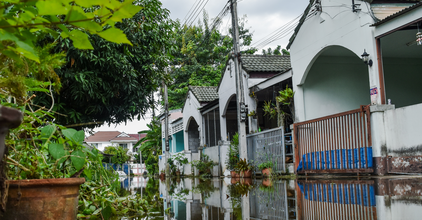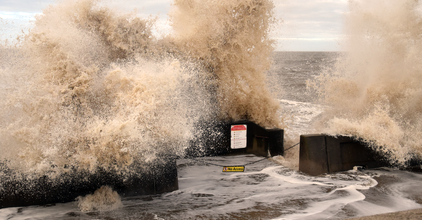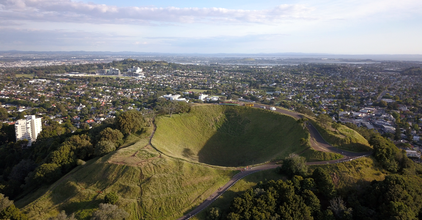Temporal simulation of stochastic event set
Moody’s RMS HD models represent hazard event frequency by using temporal simulation analyzed across 1- to 6-year periods. A temporal simulation framework makes it possible to model time dependencies such as seasonality, event clustering, and antecedent conditions, while still generating familiar average annual loss (AAL) and exceedance probability metrics.

























